Women’s sport is no longer waiting for a spotlight. It is building its own platforms, breaking records, and redefining what success means.
Stories of trailblazers highlight this shift. Former player Layla Arrison has transitioned to a top commentator at the Women’s Rugby World Cup 2025, while Ghanaian journalist Ayishatu Zakaria Ali is working tirelessly to ensure Africa’s women’s football stars gain recognition and opportunities to make a living from their sport. Their work reflects a broader reality: the old days of being overlooked are fading fast.
For decades, women’s sport was treated as minor or of secondary interest. That marginalisation led to the launch of gsport in 2006, with a straightforward mission. The girls’ and women’s sports community deserved continuous, serious coverage to help athletes find funding, build fanbases, and gain recognition.
Nearly twenty years later, the effort for fairness has become a global movement. The push is no longer simply to gain visibility. It is about owning space and making systemic change. This shift is powered by three verified trends: Digital Platforms, Growing Audiences and Financial Value, and Stronger, More Respectful Storytelling.
Digital Platforms: Athletes Telling Their Own Stories
Athletes today are using social media, mobile video, and personal branding to connect directly with fans. Digital freedom allows athletes to control their narratives by choosing what to post, how to interact, and how to build a brand without relying solely on traditional broadcasters or sponsors.
Fans connect most with authenticity. Behind-the-scenes glimpses of training, personal milestones, and challenges build loyalty. Consistent coverage is crucial. Athletes who maintain a presence year-round, not just during competitions, cultivate dedicated audiences.
Growing Audiences and Financial Value
Recent years provide undeniable proof that women’s sport has a vast and growing audience.
FIFA Women’s World Cup 2023 in Australia and New Zealand saw nearly 2 million match-day attendees across 64 matches. In Australia, 18.6 million people tuned in on TV or streaming, with the Australia versus England semifinal becoming the most watched broadcast in Australian TV history.
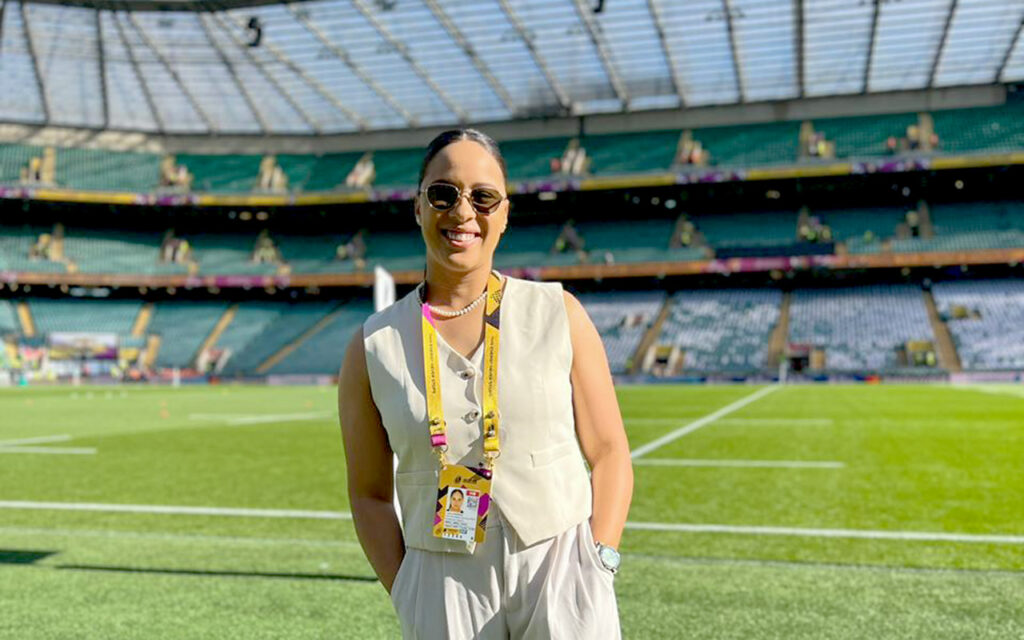
Layla Arrison Reflects on ‘Moment of Pride’ after Women’s Rugby World Cup
Former player Layla Arrison reflects on her ‘unbelievable’ experience covering the Women’s Rugby World Cup…
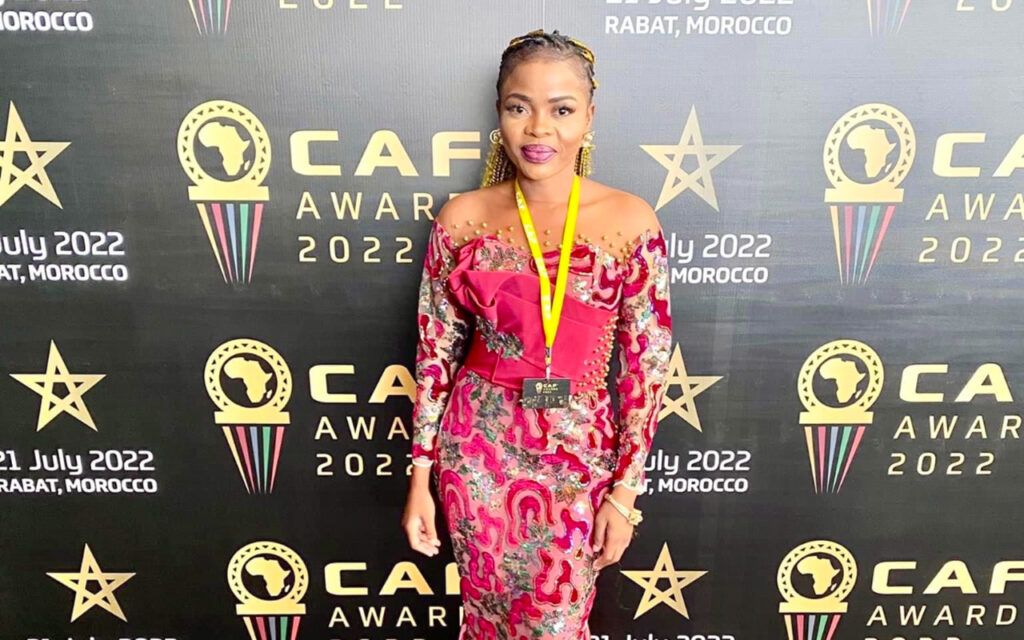
Ayishatu Zakaria Ali is Raising Awareness about Women’s Football in Ghana and Across Africa
Through her compelling reporting and powerful storytelling, Ayishatu Zakaria Ali is a driving force in…
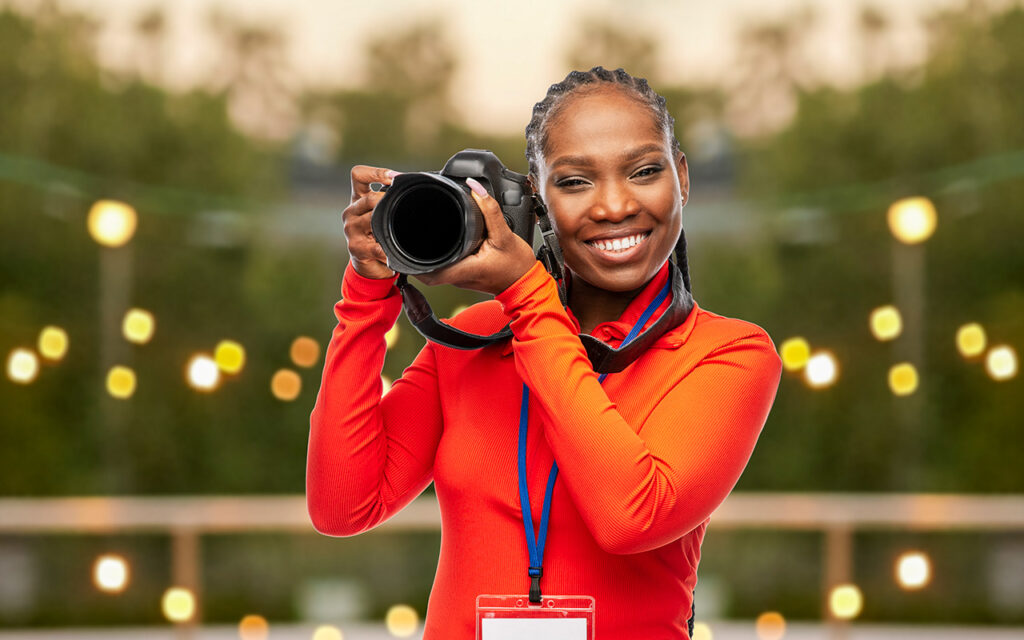
From Potential to Power: Building the Next Generation of Women’s Sport Media
The movement to elevate women’s sport media is shifting from seeking visibility to owning the…
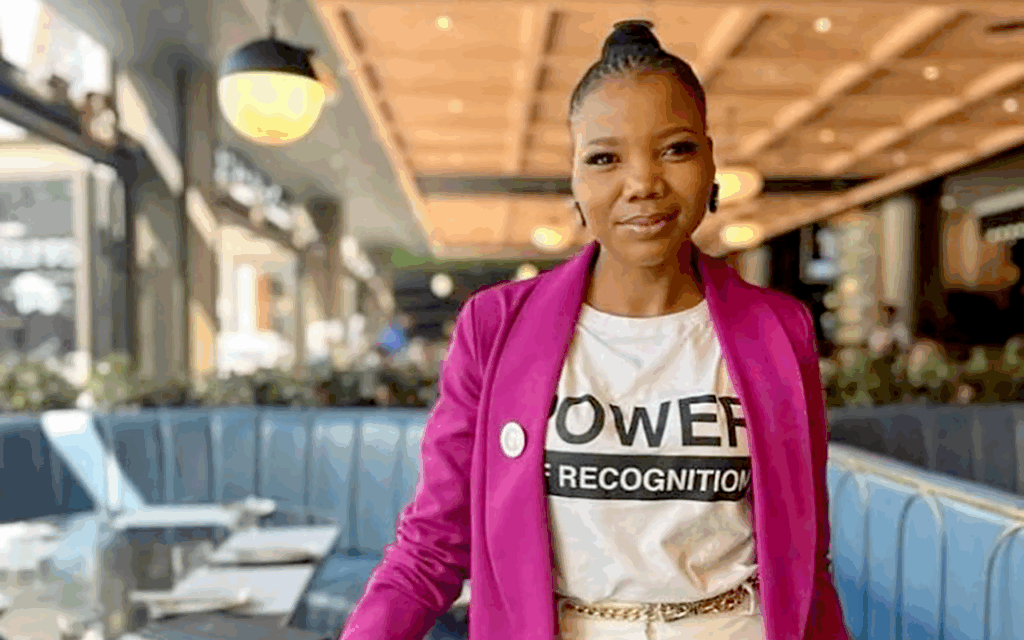
‘People Became Aware of Who I Am’ – Mpumi Manyisi after Winning on the gsport Awards Stage
‘Winning a gsport Award Opened Doors for Me’ – This is the statement from 2022…
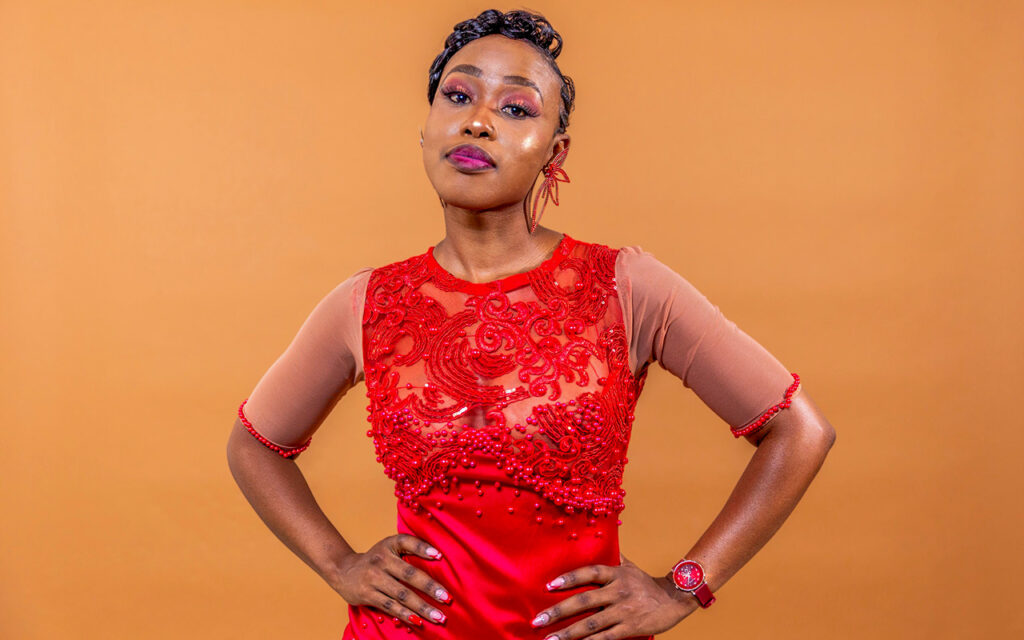
Rising Voice: Boitumelo Valtina Matjila’s Journey from Athlete to Sports MC Powerhouse
From sprinting down the track to commanding the mic at SA’s biggest sporting events, Boitumelo…
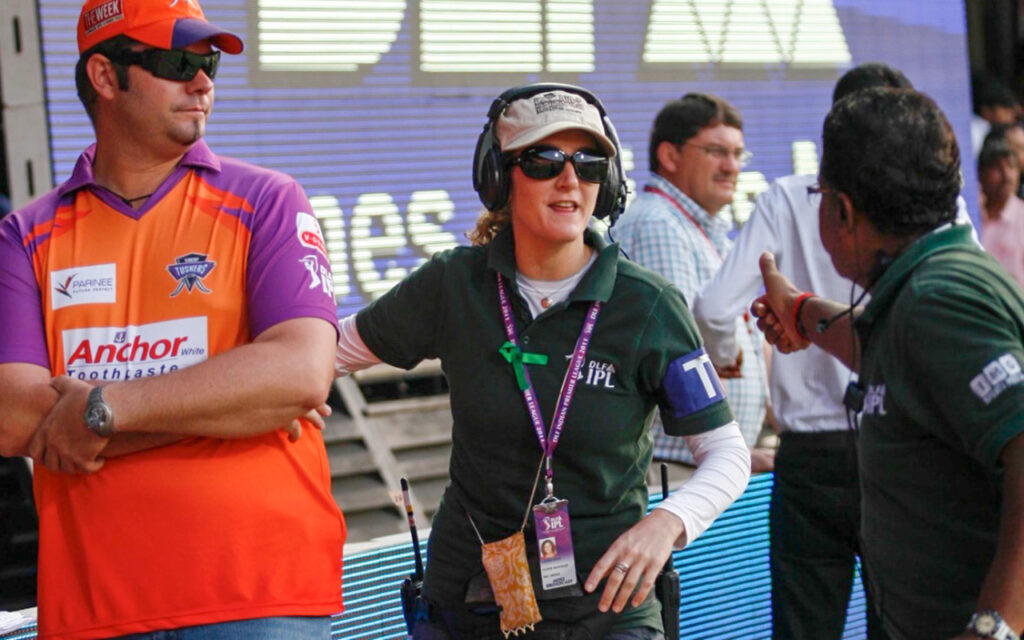
You have to be Persistent for Success – Julienne Heath
Having earned a wealth of experience as the link between on-field action and the production…
Globally, over 930 million people watched at least one minute on TV, with total media engagement surpassing two billion.
ICC Women’s T20 World Cup 2023, co-hosted by South Africa, saw a 130 percent increase in live coverage, and a 790 percent growth in fan engagement compared to 2020.
Netball World Cup 2023, held in Cape Town, reached a total linear TV audience of 27.6 million, more than double the 2019 edition, with 78 percent of dedicated viewership from South Africa and Sub-Saharan Africa.

These numbers reflect a global and local shift. Growing audiences encourage sponsors, streaming services, and investors to commit resources, validating women’s leagues as profitable and sustainable. Still, equitable distribution remains critical. Grassroots programs and regional competitions need ongoing support.
Stronger, More Respectful Storytelling
Visibility alone is not enough. Women’s sports are often covered in ways that emphasise femininity or attractiveness over athleticism. Former athletes in commentary roles bring credibility, while journalists like Ayishatu ensure rising stars are respected and visible internationally.

Layla Arrison Reflects on ‘Moment of Pride’ after Women’s Rugby World Cup
Former player Layla Arrison reflects on her ‘unbelievable’ experience covering the Women’s Rugby World Cup…

Ayishatu Zakaria Ali is Raising Awareness about Women’s Football in Ghana and Across Africa
Through her compelling reporting and powerful storytelling, Ayishatu Zakaria Ali is a driving force in…

Spar Proteas Mistakes Allow Australia to Win Series Title with a Match to Play
After making a strong showing in their first match against the world champions last week,…
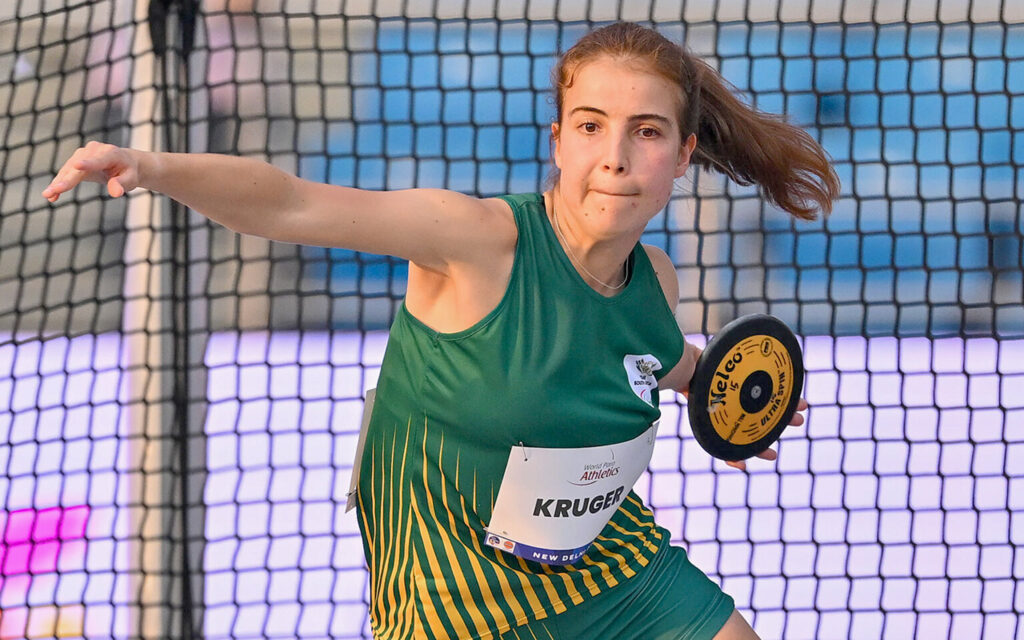
Simoné Kruger Strikes Gold at 2025 World Para Athletics Champs New Delhi
Simoné Kruger defended her F38 Discus world title at the 2025 World Para Athletics Champs…
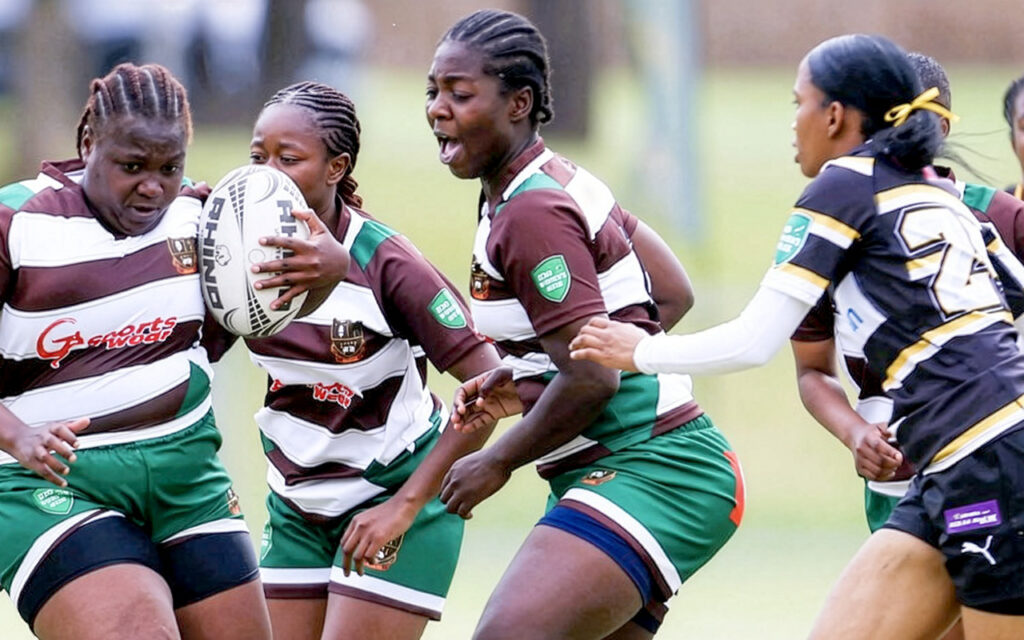
Western Province and Border Top the Charts on Day 1 of the U20 Rugby Week
DHL Western Province and Border were strong on Day One of the U20 Women’s Week…

Sparkling Tazmin Brits Ton Leads Proteas Women to World Cup Win over New Zealand
Tazmin Brits’ ton and Suné Luus’ unbeaten 83 led the Proteas Women to an emphatic…
Platforms like gsport amplify achievements while spotlighting persistent challenges around pay, facilities, and opportunity. Sharing lesser-known stories, historical achievements, and backstories deepens fan engagement, a strategy proven effective in the U.S. and Europe.
Owning Your Voice in the New Media Landscape
Digital platforms, consistent coverage, and strong storytelling have created an era where athletes can shape their own narrative. Like feminist podcasts and media startups, athletes can speak directly to audiences, control their image, and challenge biased narratives. The lesson is clear: do not wait for traditional outlets. Create your own.
Six Tips for Athletes to Keep the Momentum Going
Own Your Story
Share your journey authentically. Fans connect deeply with training, challenges, and milestones.
Be Consistent and Professional Online
Regular, respectful, and positive engagement builds trust and attracts sponsors.
Collaborate and Amplify Others
Tag, share, and celebrate teammates and fellow athletes to strengthen the visibility of women’s sport.
Engage with Local Media and Community Projects
Podcasts, schools, and clubs expand your reach and grow future fans.
Stay Informed About Your Rights and Opportunities
Learn about sponsorships, image rights, broadcasting contracts, and pay structures.
Champion Diversity and Inclusion
Use your platform to lift others. Progress benefits all athletes, not just top performers.
The Road Ahead
The transformation of women’s sport is real and measurable. Athletes, journalists, and fans are no longer asking for space. They are shaping the future together. Every post, story, and action counts.
From digital platforms to growing audiences and better storytelling, the momentum is here. For athletes, the power to amplify their sport and inspire the next generation is now firmly in their hands.
Photos Caption: All stock photos used for illustrative purpose. All Photos: Envato Elements
Crédito: Link de origem



Comments are closed.